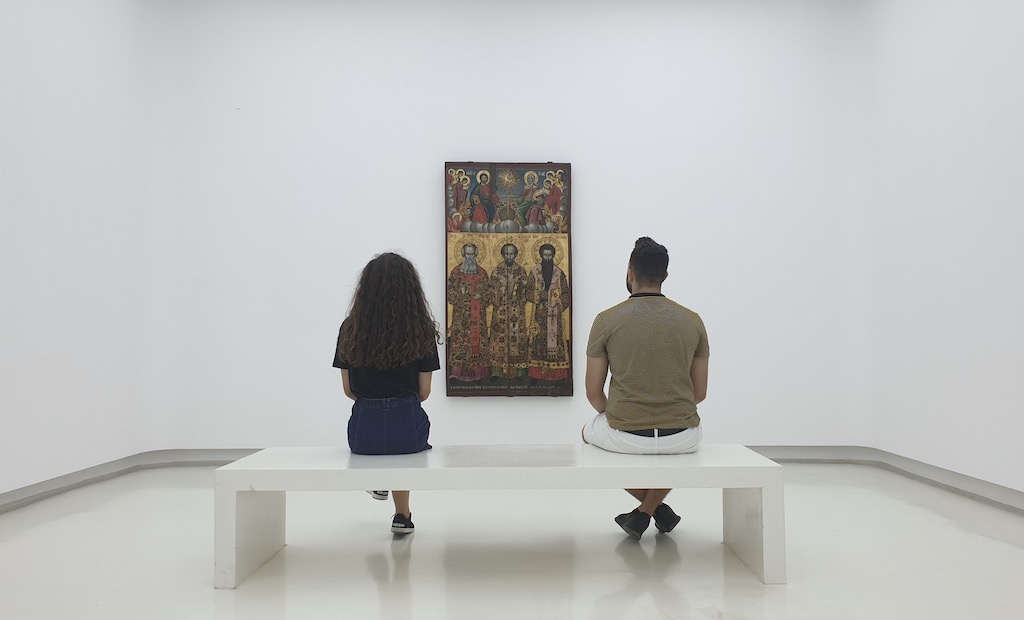High stakes on canvas: The world’s most famous gaming paintings

Is it intriguing to consider why scenes from games appear in certain well-known painters’ paintings? These paintings, which showcase individuals engaging in their favourite games, serve as prime examples of art imitating life.
Nothing compares to a challenging game of chess or a strategic board game, or even a solid game of blackjack. Most people would agree that the thrill of competition, especially the challenge against oneself, is the most enjoyable aspect of gaming. Indeed, gaming has historically been regarded as a source of low-risk entertainment, known for its ability to engage and excite rather than the stakes involved. There was a time when venues equipped with a variety of board games and strategic games were popular spots for such entertainment
However, not everyone has always seen gaming as harmless fun. Religious authorities, as early as the 17th century, criticised excessive gaming, arguing that it led to moral degradation. Even though gaming has become more widely accepted in contemporary times, with sites such as BetUS casino, many artists still draw inspiration from the classic themes and dynamics of games.
Let’s now take a look at a few well-known paintings that were inspired by the world of gaming.
The cardsharps
Drawings of dishonest gaming occurrences from the time period in which Michelangelo Merisi da Caravaggio produced them show the flaws in society. A major turning point in the artist’s career, “The Cardsharps” is a magnificent realistic picture from the Baroque era. Caravaggio depicted a scenario of small-time card fraud as well as the tale of a young, impressionable member of the upper class who became embroiled in a card game with two cardsharps. An elder cardsharp stands behind the back of a child and peeks into the child’s cards, delivering signals to a partner. The younger cardsharp has extra cards behind his back ready to pull out based on this hidden sign. The composition’s realism and the important artistic element of contrasting human emotions were utilised to illustrate the ins and outs of street life.
The cheat with the ace of clubs
During that time, artists used the theme of games to caution viewers about the perils of being overly trusting and the risk of deceit. The referenced artwork by Caravaggio is thought to have inspired Georges de La Tour’s painting, which depicts dishonest players. In La Tour’s work, one of the three individuals surrounding the main figure is a conspirator, playing the central role in the planned trickery. Another accomplice is a person who takes pleasure in subtly ensuring the target is distracted, perhaps by overindulging in the game or being less vigilant. The key figure, however, is a strategist who uses clever tactics to gain an unfair advantage. Positioned slightly turned at the table’s edge, this person boldly signals their deceitful intentions to the viewers by hiding a winning move or key piece out of plain sight.
The Card Players
A series of paintings by Paul Cezanne portrays peasants engaging in games regularly in a pub setting. Each painting possesses a unique appearance and quality, as the artist refined the narrative, altered the characters, and honed the details to capture the essence of ordinary people partaking in their daily pastimes, all the while maintaining the monumentality characteristic of the artist’s work. “The Card Players” by Paul Cezanne, which featured Provence-based French peasants, achieved its highest acclaim with its fifth and final version. In this piece, Cezanne illustrates two players, engaged in a card game, smoking pipes while seated at a simple table in a modest bistro. Despite the relaxed demeanour of the figures, Cezanne employs body language and facial expressions to convey the universal appreciation of gaming as a unique form of entertainment, distinct from the routines of daily life.
Dogs Playing Poker
The advertising firm Brown & Bigelow commissioned the creation of the Cassius Marcellus Coolidge drawing to promote a cigar company on a calendar. Coolidge’s series, known as “Dogs Playing Poker,” consists of eighteen canvases, but the most famous piece – “A Friend in Need” – is often singularly referred to by the series’ name. The artist employed humanised canine characters to represent American players engaged in a strategic game. Moreover, these anthropomorphised dogs were depicted with expressive faces, partaking in activities like smoking cigars and sipping drinks, to capture the atmosphere typical of game rooms.
These renowned illustrations demonstrate how games, whether card-based or strategic, can serve as a muse for artists to depict human emotions and societal attitudes. As observed, each artist infused their work with unique accents, yet the primary commonality across these depictions of gaming lies in the emotions they evoke, which is what renders the artwork centred on gaming so compelling.
The editorial unit


















Facebook
Twitter
Instagram
YouTube
RSS